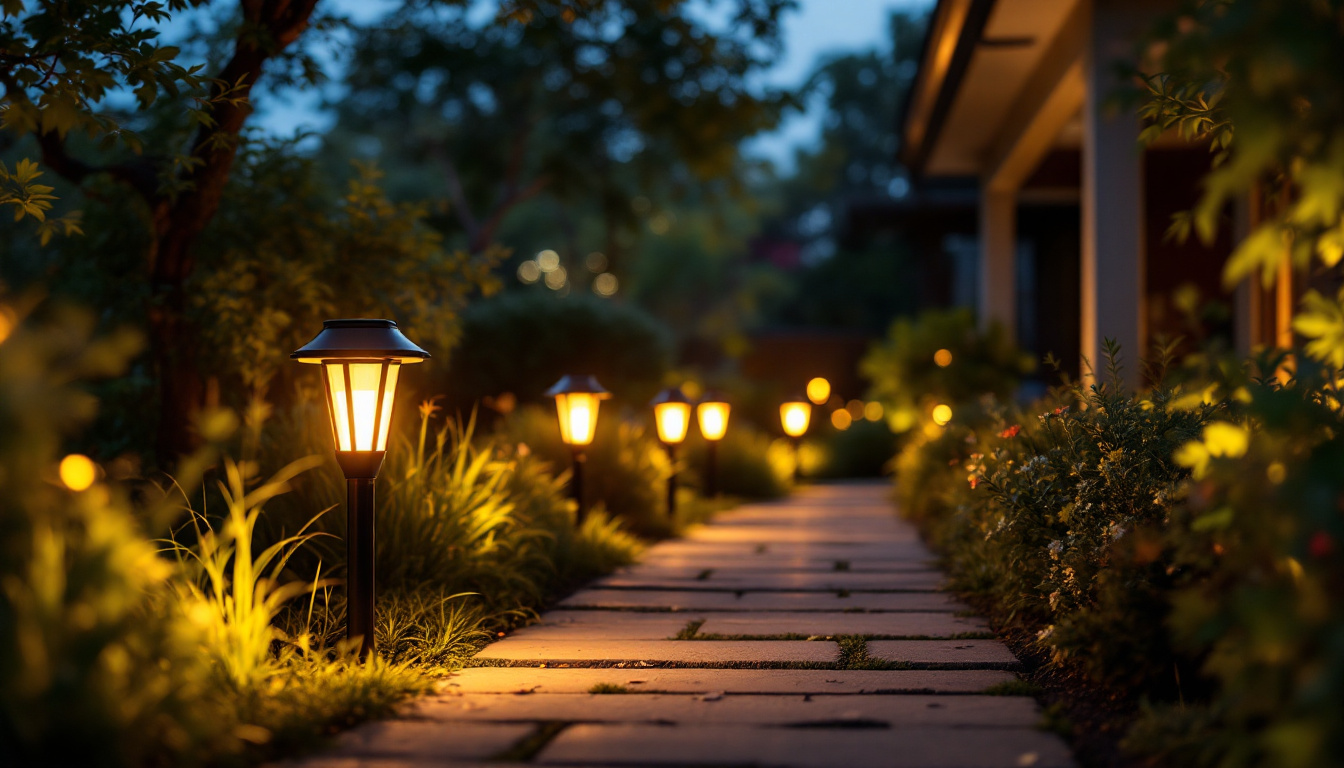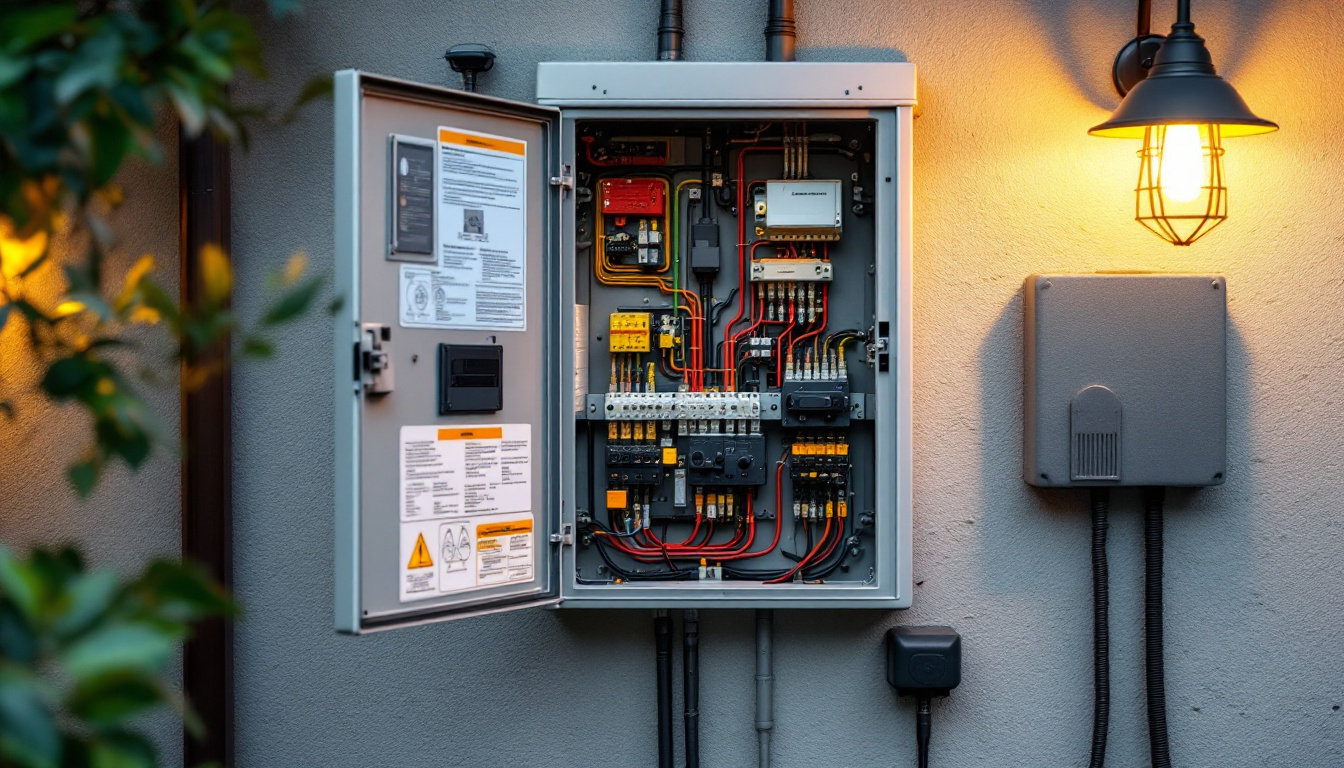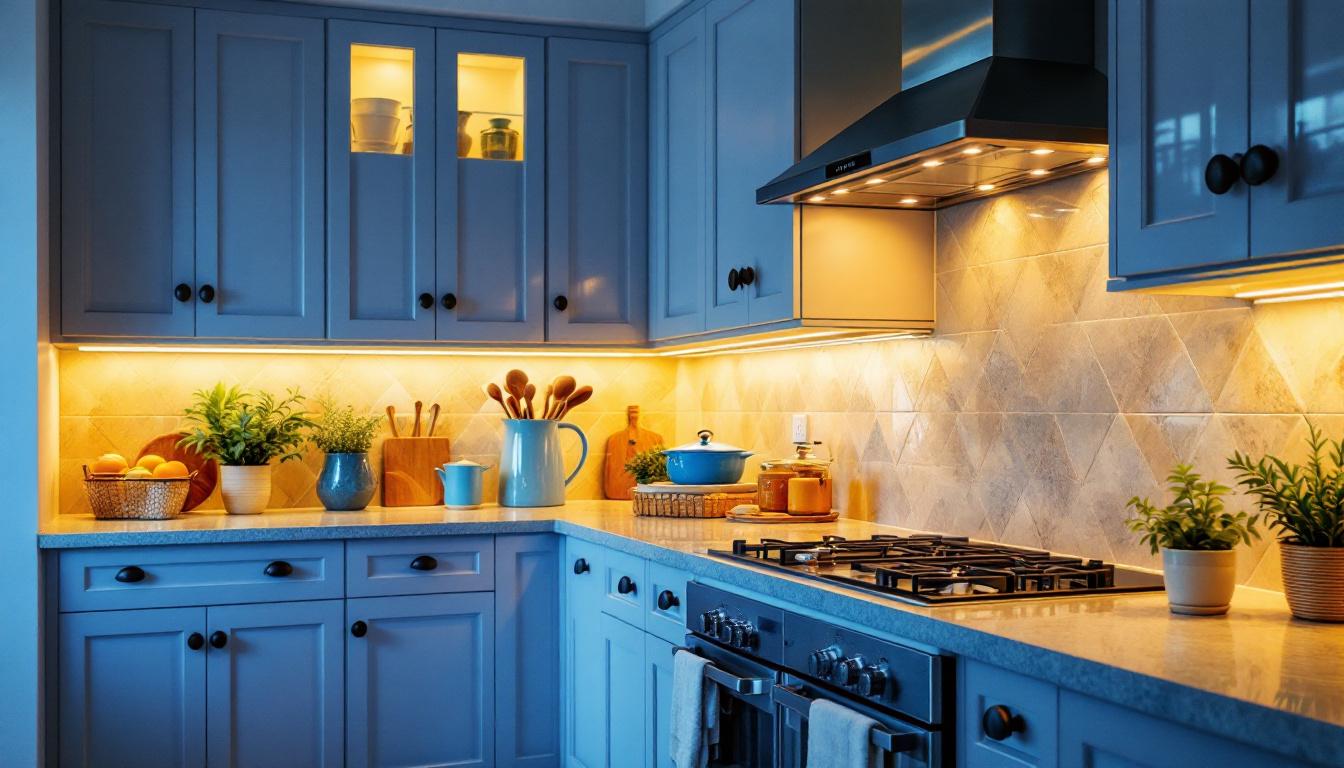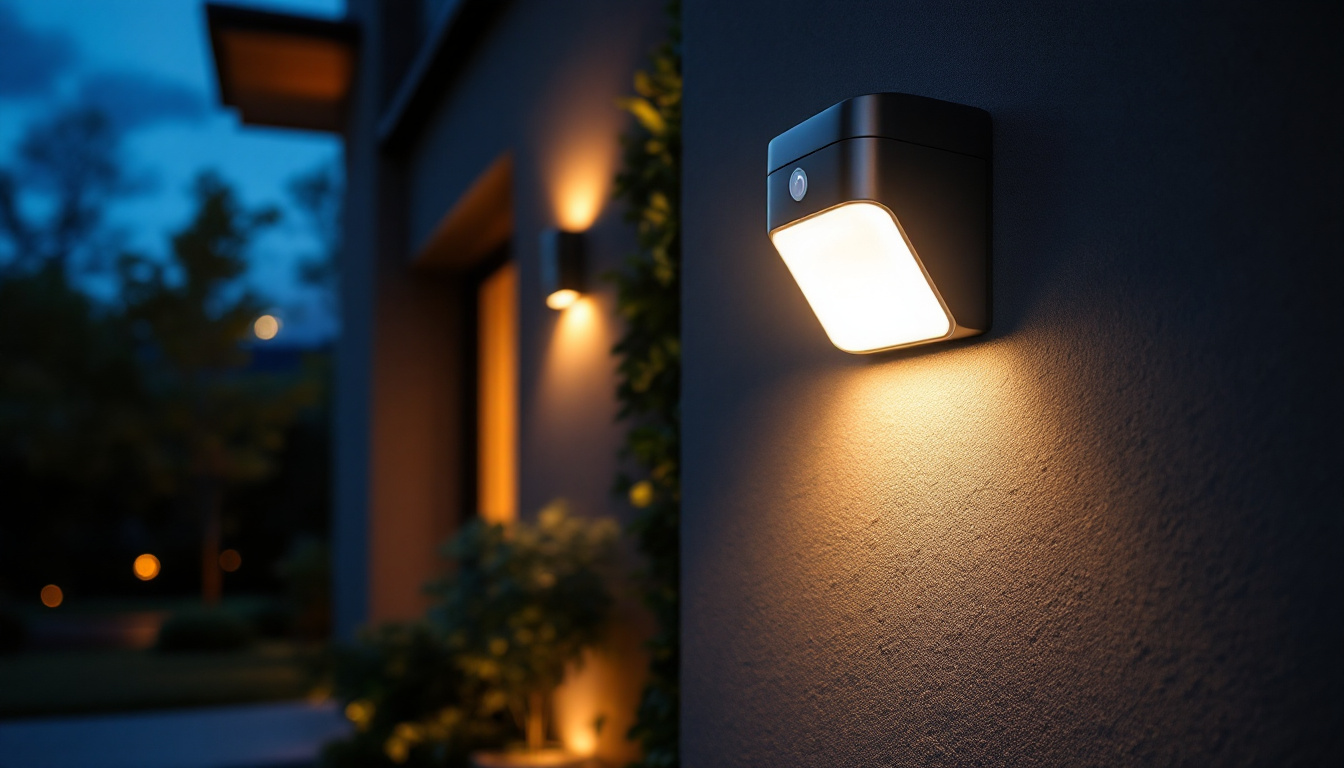
The transition from incandescent bulbs to LED lighting has become a significant trend in the lighting industry. This shift is not only driven by the need for energy efficiency but also by advancements in technology that have made LED options more versatile and accessible. For lighting contractors, understanding the nuances of this transition is crucial for making informed decisions on behalf of clients.
Incandescent bulbs, once the standard for residential and commercial lighting, are being phased out due to their high energy consumption and shorter lifespan. In contrast, LED lights offer a longer lifespan, lower energy use, and a variety of color temperatures, making them an attractive alternative. This guide aims to equip lighting contractors with the knowledge needed to navigate this conversion effectively.
LED lighting presents numerous advantages over traditional incandescent bulbs. One of the most notable benefits is energy efficiency. LEDs consume significantly less power, which translates to lower electricity bills for clients. Additionally, their longer lifespan—often exceeding 25,000 hours—means less frequent replacements, reducing maintenance costs.
Moreover, LEDs are available in a wide range of color temperatures, allowing for greater flexibility in design and ambiance. Whether a client desires a warm, cozy atmosphere or a bright, daylight-like setting, there is an LED option to meet those needs. This versatility can enhance the overall appeal of a space, making it more inviting and functional. Furthermore, the dimmability of many LED fixtures allows for tailored lighting solutions that can adapt to different activities and moods, providing an even more personalized experience for users.
Switching to LED lighting also has positive implications for the environment. LEDs contain no harmful materials like mercury, which is found in some other lighting options. As a result, they are easier to dispose of and recycle. Furthermore, by reducing energy consumption, LEDs contribute to lower greenhouse gas emissions, aligning with broader sustainability goals.
For contractors, promoting the environmental benefits of LED lighting can be a compelling selling point. Clients are increasingly aware of their carbon footprint and may prioritize solutions that not only save money but also contribute to a healthier planet. Additionally, the use of LEDs can help buildings achieve green certifications, such as LEED (Leadership in Energy and Environmental Design), which can enhance property value and attract environmentally conscious tenants or buyers. This growing trend toward sustainable practices in construction and renovation makes it imperative for contractors to stay informed about the latest advancements in LED technology and its applications.
When advising clients on converting from incandescent to LED lighting, several factors must be taken into account. These considerations can influence the choice of products and the overall success of the conversion project.
Every client has unique requirements and preferences when it comes to lighting. It is essential for contractors to engage in thorough discussions to understand these needs. Factors such as the intended use of the space, desired aesthetics, and budget constraints should all be considered.
For instance, a residential client may prioritize warm lighting for a cozy living room, while a commercial client may require bright, white lighting for a workspace. By tailoring recommendations to the specific needs of each client, contractors can ensure satisfaction and build lasting relationships. Additionally, understanding the psychological impact of lighting can be beneficial; for example, softer, warmer lights can create a relaxing atmosphere, while cooler, brighter lights can enhance focus and productivity. This nuanced approach not only addresses the functional aspects of lighting but also contributes to the overall ambiance and emotional experience of the space.
Not all LED products are created equal. As the market for LED lighting expands, so does the variety of quality available. Contractors should be diligent in selecting products from reputable manufacturers that meet industry standards. Look for certifications such as Energy Star or the DesignLights Consortium (DLC) to ensure quality and performance.
Additionally, consider the lumen output and color rendering index (CRI) of the LEDs. Lumen output determines the brightness of the light, while CRI measures how accurately colors appear under the light. A higher CRI is preferable for spaces where color accuracy is important, such as art studios or retail environments. Furthermore, energy efficiency is a crucial consideration; high-quality LEDs not only consume less power but also have longer lifespans, which translates to reduced maintenance costs and less frequent replacements. Educating clients about the long-term savings associated with energy-efficient lighting can further persuade them to embrace the switch to LED technology.
Installation is another critical aspect of the conversion process. Contractors must assess whether the existing fixtures are compatible with LED bulbs. In some cases, modifications may be necessary to accommodate the new technology. Understanding the electrical systems in place and the potential need for retrofitting can save time and prevent costly mistakes.
Furthermore, it is essential to educate clients about dimming capabilities. Not all LED bulbs are compatible with existing dimmer switches, which can lead to flickering or reduced performance. Offering solutions, such as recommending compatible dimmers or suggesting non-dimmable LED options, can enhance the overall client experience. Additionally, discussing the importance of proper placement and spacing of LED fixtures can significantly impact the effectiveness of the lighting design. For example, strategically positioning lights to minimize shadows and maximize illumination can create a more inviting and functional environment. By addressing these details, contractors can demonstrate their expertise and commitment to delivering high-quality results that meet the client’s vision and needs.
While the initial investment in LED lighting may be higher than incandescent options, the long-term savings make it a worthwhile consideration. Contractors should help clients understand the total cost of ownership, which includes not only the purchase price but also energy savings and reduced maintenance costs over time.
Clients may be hesitant to invest in LED lighting due to the upfront costs. It is the contractor’s responsibility to illustrate the long-term savings associated with this transition. For example, by replacing incandescent bulbs with LEDs, clients can expect to see a significant reduction in energy bills, which can offset the initial investment within a few years.
Providing a simple calculation or case study can help clients visualize the potential savings. For instance, if a client replaces 20 incandescent bulbs with LEDs, they can calculate the energy savings based on wattage differences and average usage hours. This tangible data can be persuasive in making the case for conversion.
Many regions offer incentives or rebates for energy-efficient upgrades, including LED lighting. Contractors should stay informed about local, state, and federal programs that can help clients reduce their costs. By leveraging these incentives, clients may be more inclined to proceed with the conversion.
Additionally, contractors can assist clients in navigating the application process for these rebates, further enhancing their value as a trusted advisor. This proactive approach not only benefits the client but also positions the contractor as knowledgeable and resourceful.
With a plethora of LED products available, selecting the right options can be overwhelming. Contractors must be equipped with the knowledge to guide clients toward the best choices for their specific needs.
LED bulbs come in various types, each suited for different applications. A few common types include A19 bulbs for general lighting, BR30 bulbs for recessed fixtures, and PAR38 bulbs for outdoor applications. Understanding these options allows contractors to recommend the most appropriate solutions for each situation.
Moreover, consider the beam angle of the LED bulbs. A narrow beam angle is ideal for focused lighting, such as spotlighting artwork, while a wider beam angle is better for ambient lighting in larger spaces. Matching the type of bulb and beam angle to the intended use can significantly enhance the effectiveness of the lighting design.
Color temperature is measured in Kelvin (K) and can greatly influence the mood of a space. Warmer temperatures (2700K-3000K) create a cozy atmosphere, while cooler temperatures (4000K-5000K) are more energizing and suitable for work environments. Contractors should be prepared to discuss these options with clients to help them achieve their desired ambiance.
Additionally, the ability to offer tunable white LEDs, which allow users to adjust the color temperature according to their needs, can be an attractive feature for clients. This flexibility can enhance user satisfaction and adaptability in various settings.
The LED lighting industry is continually evolving, with new technologies and trends emerging regularly. Staying informed about these developments can give contractors a competitive edge and enhance their service offerings.
Smart lighting technology is gaining traction, allowing users to control their lighting through smartphones or voice-activated devices. This trend not only adds convenience but also enhances energy efficiency through features like scheduling and remote control.
Contractors should consider integrating smart lighting solutions into their offerings. Educating clients about the benefits of smart lighting, such as the ability to adjust brightness and color remotely, can set a contractor apart in a competitive market.
Human-centric lighting focuses on creating lighting environments that support human health and well-being. This approach considers factors such as circadian rhythms and the psychological effects of light on mood and productivity. As awareness of these concepts grows, contractors can position themselves as leaders in this emerging field by offering solutions that prioritize the well-being of occupants.
Incorporating human-centric lighting principles into designs can lead to more satisfied clients and improved outcomes in various settings, from offices to healthcare facilities.
The conversion from incandescent bulbs to LED lighting presents a wealth of opportunities for lighting contractors. By understanding the benefits of LEDs, considering client needs, and staying informed about industry trends, contractors can provide valuable guidance to clients during this transition.
In a rapidly changing lighting landscape, being proactive and knowledgeable will not only enhance client satisfaction but also position contractors as trusted experts in their field. Embracing the shift to LED lighting is not just a trend; it is a commitment to sustainability, efficiency, and improved quality of life for clients and their spaces.
Ready to take the next step in transitioning your clients to energy-efficient LED lighting? At LumenWholesale, we provide lighting contractors with the highest quality, spec-grade LED products at unbeatable wholesale prices. Say goodbye to local distributor markups and hello to a vast selection of reliable lighting solutions that meet rigorous industry standards. Plus, with free shipping on bulk orders, you can stock up on premium lighting without any hidden fees. Elevate your projects while maximizing value and convenience. Visit LumenWholesale today and discover the best in wholesale lighting at the best value.

Discover the essentials of solar-powered LED lighting for contractors.

Unlock the secrets of exterior electrical boxes with this essential guide for lighting contractors.

Discover the crucial role undercabinet lights play in modern kitchen design and why lighting contractors should prioritize them.

Discover how exterior sensor lights can revolutionize your lighting projects by enhancing efficiency and security.